- Home
- Articles
- Architectural Portfolio
- Architectral Presentation
- Inspirational Stories
- Architecture News
- Visualization
- BIM Industry
- Facade Design
- Parametric Design
- Career
- Landscape Architecture
- Construction
- Artificial Intelligence
- Sketching
- Design Softwares
- Diagrams
- Writing
- Architectural Tips
- Sustainability
- Courses
- Concept
- Technology
- History & Heritage
- Future of Architecture
- Guides & How-To
- Art & Culture
- Projects
- Interior Design
- Competitions
- Jobs
- Store
- Tools
- More
- Home
- Articles
- Architectural Portfolio
- Architectral Presentation
- Inspirational Stories
- Architecture News
- Visualization
- BIM Industry
- Facade Design
- Parametric Design
- Career
- Landscape Architecture
- Construction
- Artificial Intelligence
- Sketching
- Design Softwares
- Diagrams
- Writing
- Architectural Tips
- Sustainability
- Courses
- Concept
- Technology
- History & Heritage
- Future of Architecture
- Guides & How-To
- Art & Culture
- Projects
- Interior Design
- Competitions
- Jobs
- Store
- Tools
- More
Key Considerations for Planning Your Commercial Roof Project

A commercial roof is a vital component of your property’s infrastructure. It shields your investment from weather damage, impacts energy efficiency, and influences the longevity of your building. Whether you’re replacing an old system or installing a new one, planning a commercial roofing project requires careful attention to detail.
Making the right decisions early in the process can save you from costly repairs, operational disruptions, or code violations later. With a clear plan and trusted experts, you can ensure the project runs smoothly, stays on budget, and delivers lasting value to your business.
Table of Contents
ToggleEvaluate Your Current Roofing System
Before launching into a new project, you need a thorough understanding of your current roof’s condition. Schedule an inspection to identify weak spots, drainage problems, and the remaining life expectancy of your existing system. Understanding the structure’s limitations helps avoid overbuilding or introducing incompatible materials.
The inspection should also include a moisture survey to detect any hidden leaks or saturation beneath the surface. Water damage may not be visible from above, but it can cause long-term structural issues. By identifying problem areas now, you can factor necessary repairs into your overall plan and prevent surprises once the project begins.
Once the roof’s current state is clear, you can decide whether repair, replacement, or a retrofit is the best path forward. Each option has different budget implications and timelines, making this step a key turning point in your planning process.

Understand the Unique Needs of Your Building
Every commercial building has its architectural design, occupancy type, and usage patterns. These factors influence the roofing material that will provide the best performance. A restaurant, for example, might need enhanced grease resistance, while a warehouse may prioritize insulation and UV protection.
Consider the impact of foot traffic, rooftop equipment, and expansion plans when selecting materials. Some membranes are more resistant to punctures, while others excel in reflective properties to reduce cooling costs. Choosing the right system ensures that your roof supports daily operations without creating additional maintenance issues.
It is also important to factor in geographic and environmental conditions. Buildings in coastal areas face salt exposure, while inland properties may contend with snow loads or high winds. Material choice and system design should align with these environmental demands for maximum durability.
Choose a Contractor With Specialized Experience
Selecting the right contractor is one of the most critical decisions in your roofing project. Not all companies have the experience or capacity to handle commercial-scale jobs.
It’s important to work with a contractor that understands complex roof systems, safety regulations, and project coordination at scale. One well-regarded provider is the Nations Roof roofing company, which brings national experience to local markets. Their team handles everything from site assessment to ongoing maintenance, ensuring that every step is covered with industry knowledge and professionalism. Choosing a contractor with a proven track record reduces risks and provides peace of mind throughout the project.
When evaluating contractors, ask for references and recent project examples. Find out how they handle timelines, unexpected delays, and post-installation service. A responsive and transparent team sets the tone for a successful experience.
Review Building Codes and Permit Requirements
Each municipality has its own building codes and zoning regulations. Commercial roofing systems must comply with local rules related to insulation, fire ratings, slope requirements, and stormwater management. Overlooking these standards can lead to delays, fines, or forced redesigns.

Work with your contractor to ensure that all designs and material specifications align with local codes. Most experienced commercial roofing companies will handle permitting, but it’s still your responsibility as the building owner to confirm that all paperwork is in order.
In addition to current codes, consider how upcoming policy changes or sustainability mandates might influence your roofing choices. Green building certifications, energy regulations, or local incentives could all impact the system you choose and the benefits you receive.
Plan for Long-Term Maintenance and Monitoring
Installing a new commercial roof is only the beginning. To protect your investment, develop a long-term maintenance strategy. Regular inspections and preventive care help identify small issues before they become major repairs. They also support warranty compliance and extend the life of the roof.
Many contractors offer maintenance programs that include annual checkups, emergency services, and condition reporting. These services make it easier to budget for upkeep and avoid unexpected expenses. Technology tools like infrared imaging or drone inspections can offer deeper insights into roof performance without disrupting business operations.
Incorporating a maintenance plan into your initial project discussion ensures a seamless transition from installation to daily use. It shows foresight and positions your building for long-term stability.
A successful commercial roofing project requires more than just choosing the right materials. It calls for a clear understanding of your building’s needs, a qualified contractor, and attention to both compliance and future upkeep. By taking the time to plan thoroughly and prioritize quality, you give your business a durable roof that protects assets, improves efficiency, and adds long-term value.
illustrarch is your daily dose of architecture. Leading community designed for all lovers of illustration and #drawing.
Submit your architectural projects
Follow these steps for submission your project. Submission FormLatest Posts
Best Practices for Roof Inspections and Maintenance
On most projects, the roof spends decades out of sight while carrying...
Sunny Days, Secure Roof: Simple Steps to Shield Your Home
Your home is more than just a place to live—it’s a sanctuary....
Simple and Stylish Roof Ideas for Homeowners
When designing your home, don’t overlook the roof. It’s essential for both...
Key Qualities to Look For in a Residential Roofing Contractor
Choosing a residential roofing contractor involves careful consideration. The roof is a...




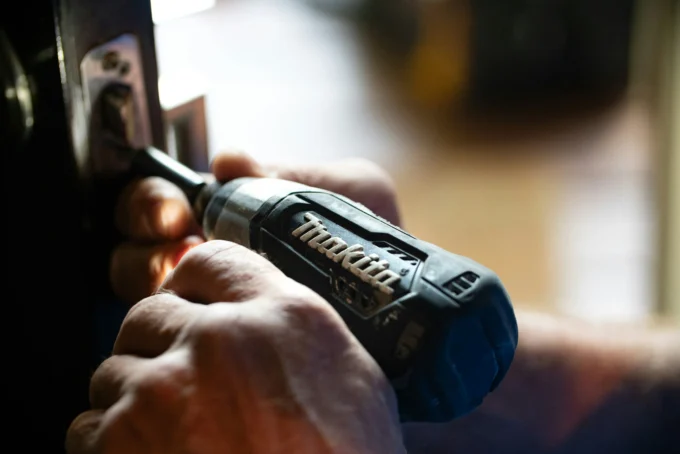


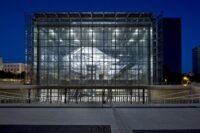
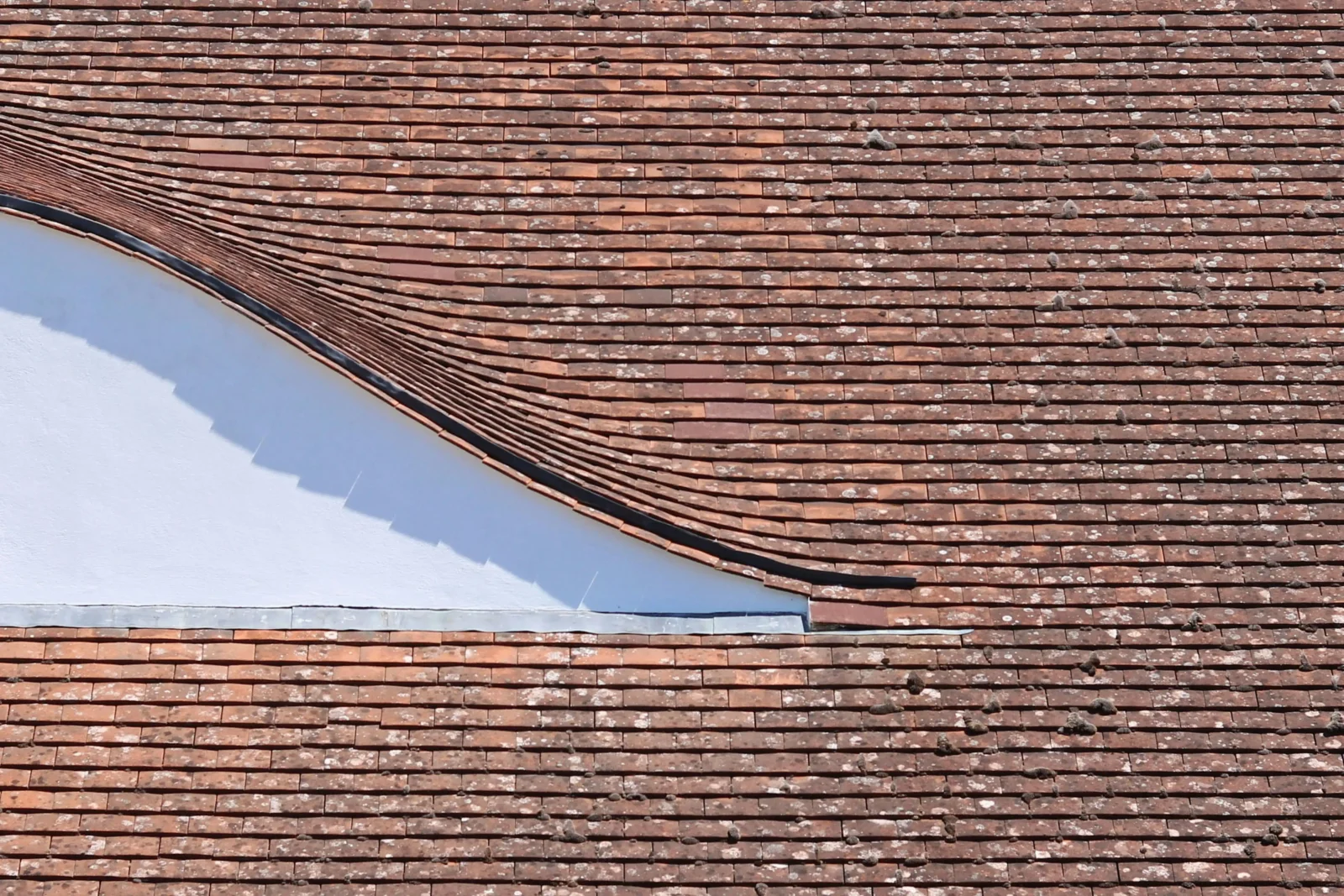
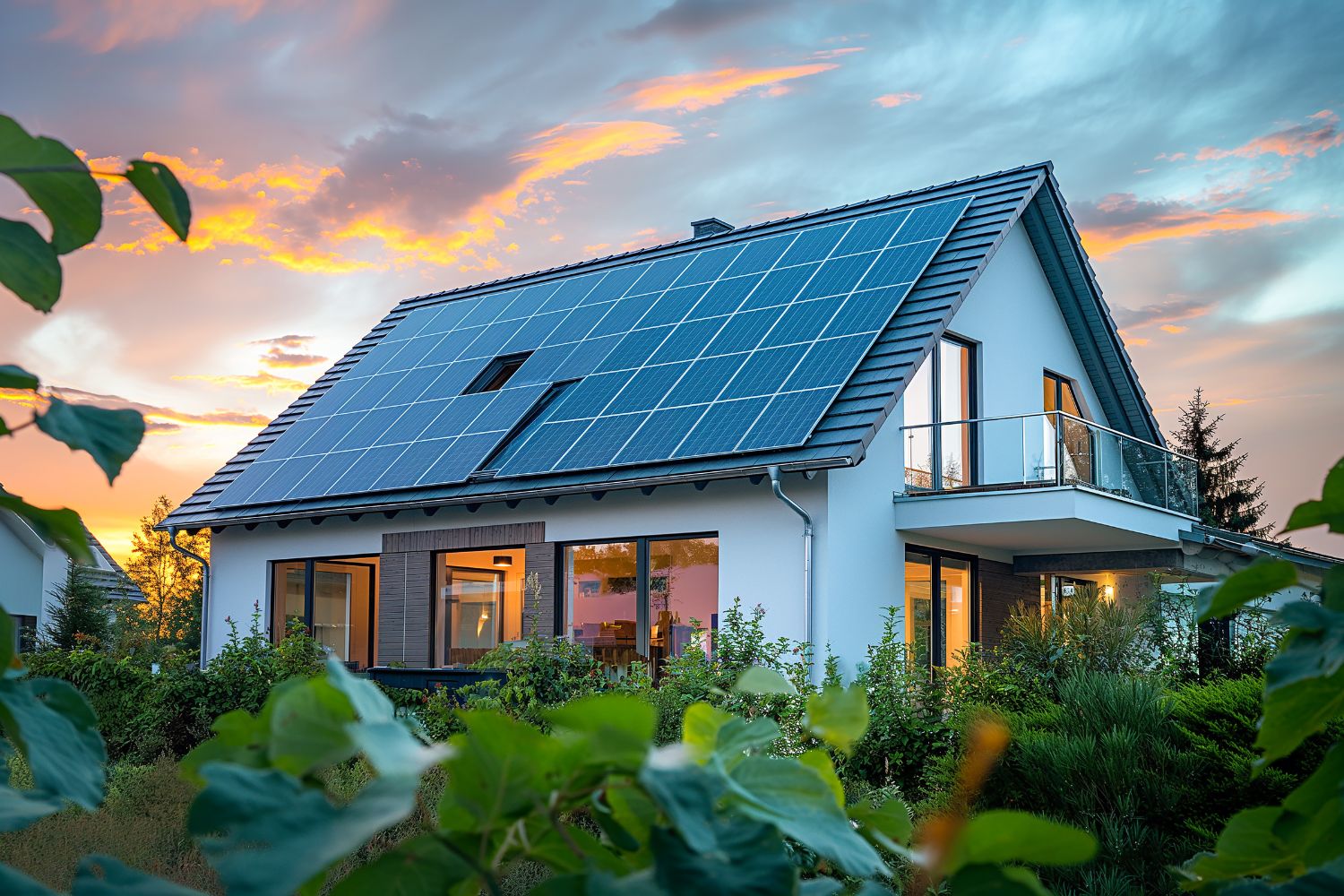
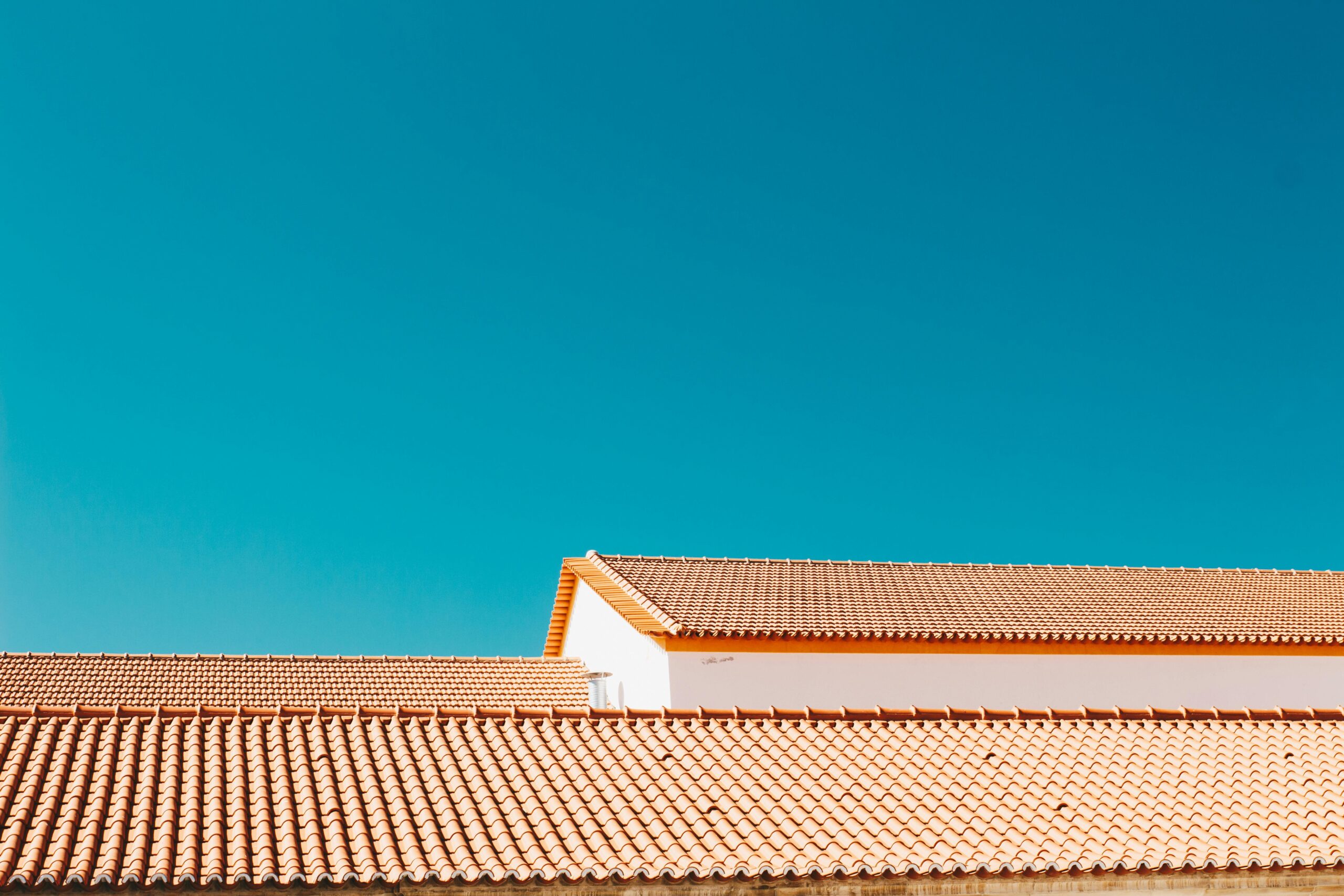
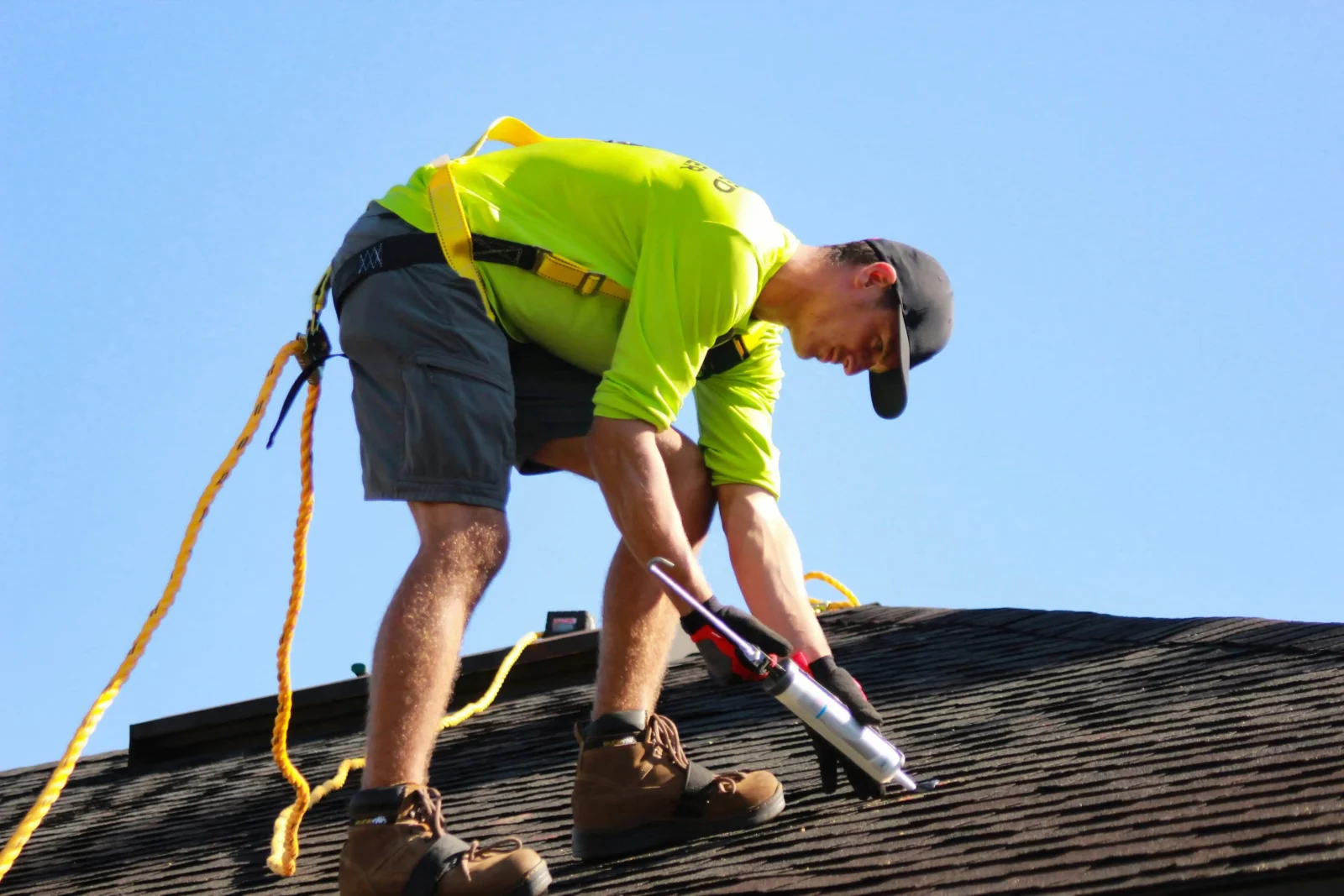
Leave a comment